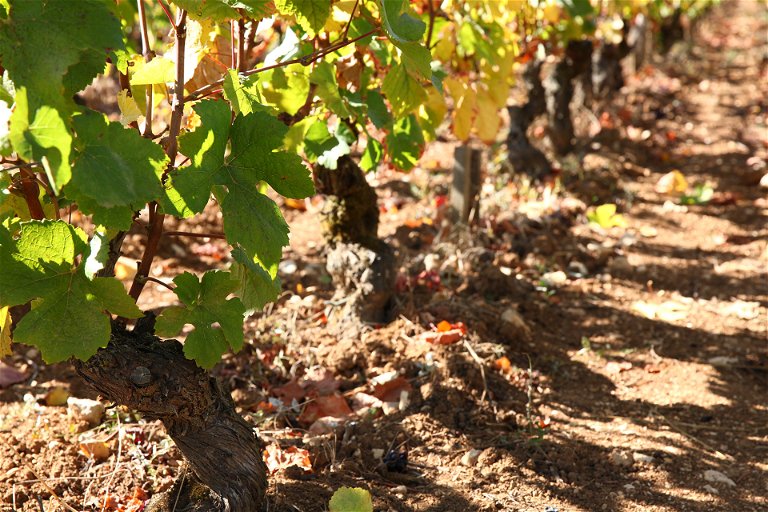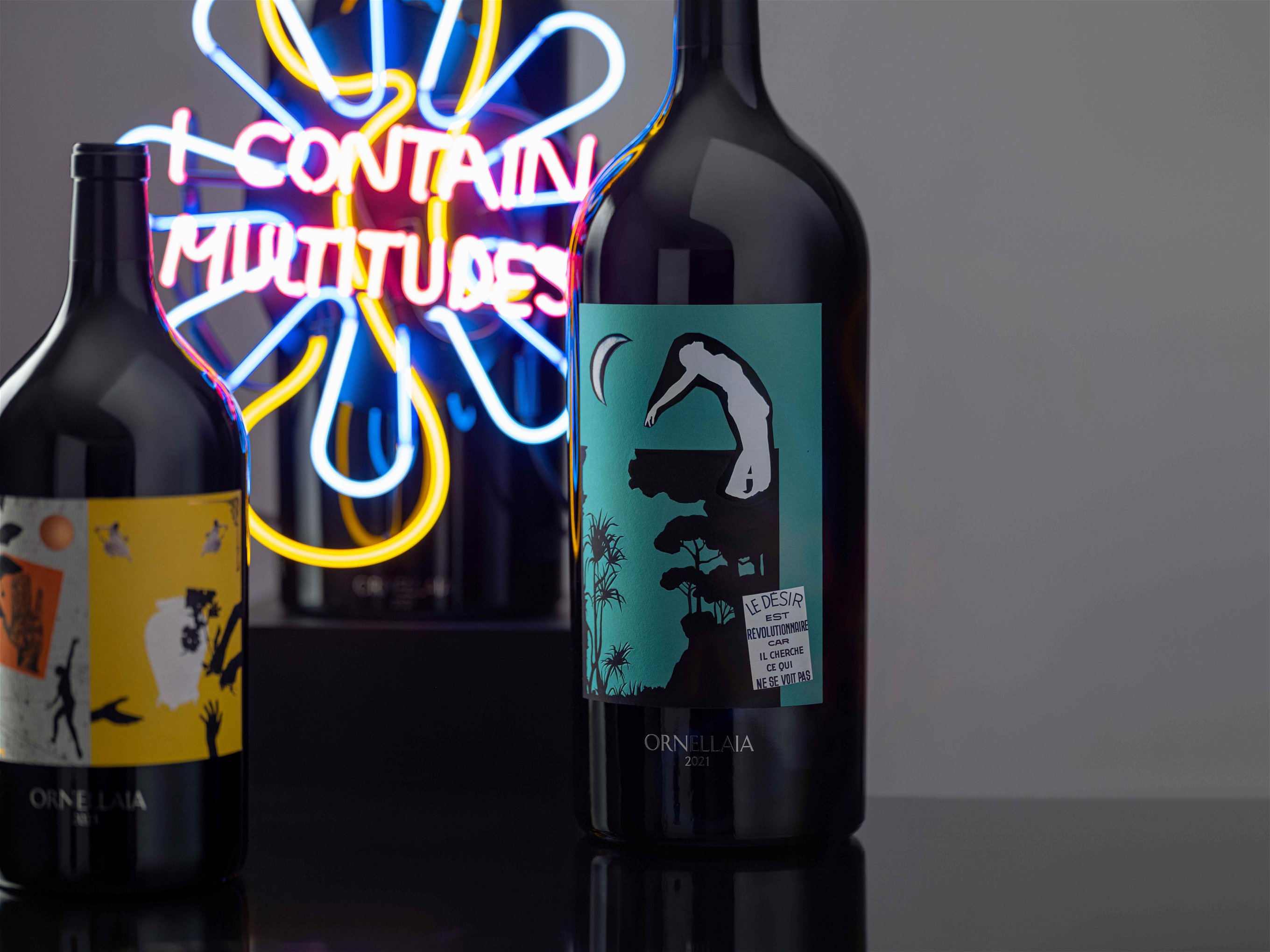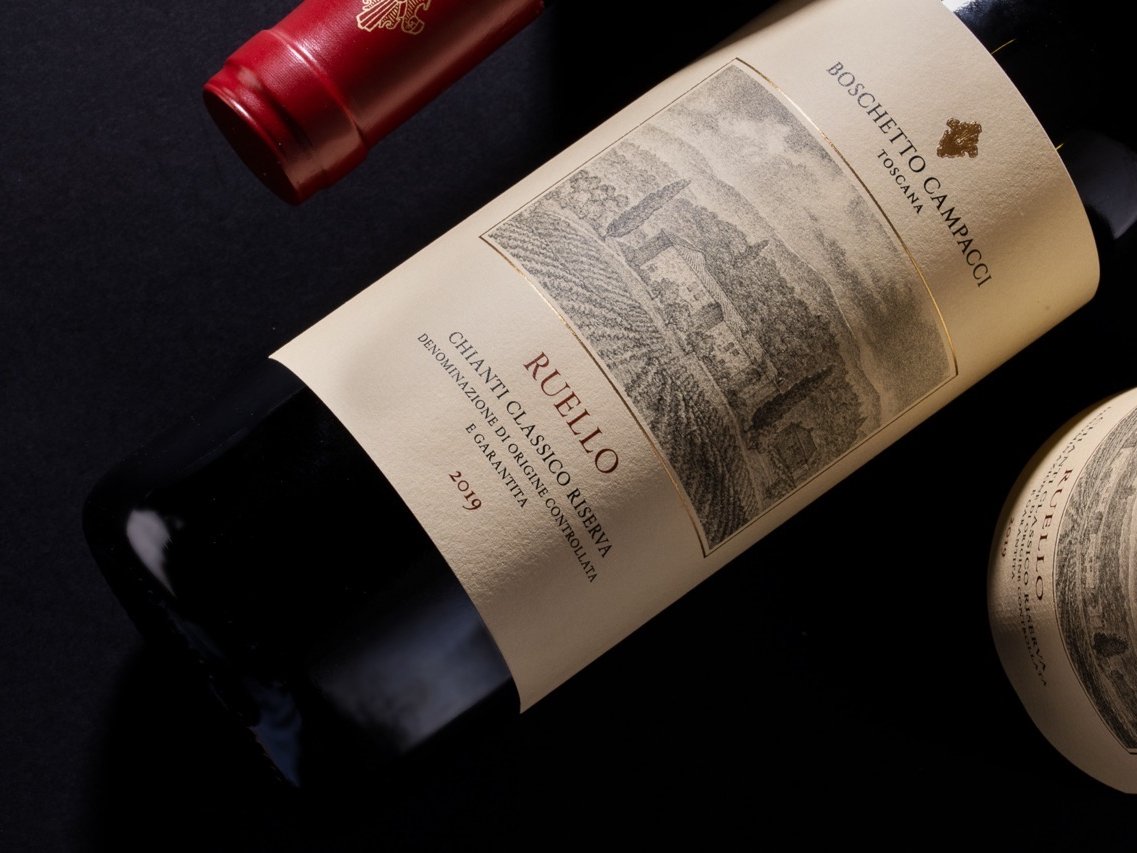What’s in a name? Five themes that bring Burgundy labels to life
Here’s a handy key to some famous names that unlocks their personality or illuminates their rich history.
Burgundy can be a daunting prospect. Hundreds of small growers farm no fewer than 1,247 officially recognised climats. But don’t panic: Falstaff can help.
1. Geology
In a region so obsessed with terroir, it is no surprise that defining soil characteristics are often preserved in vineyard names. Expect a stony quality to the many wines with “Perrières” in their name. Similarly, rocky designations include “Lavières”, “Porusots”, and “Ruchottes”, while “Grèves” points to finer, gravelly soil. Then there’s “Cras” or “Crais”, meaning scree, with “Cailles” or “Caillerets” indicating pebbles.
Heavier clay (argile) soils often lend Pinot Noir greater colour and body. That character is helpfully flagged in sites like Chambolle-Musigny Les Argillières, an unusually clay-rich corner of this typically thin-soiled commune. Other vineyards that announce their clay influence include Pommard En Largillière and Nuits-St-Georges Aux Argillas.
Where a high iron content appears, the red (rouge) colour this gives to the soil is reflected most famously in top Pommard cru Les Rugiens. It’s no coincidence that the wine made in this particular corner of Burgundy is renowned for a firm structure as if the fruit were indeed draped over metal girders.

2. History
Geography may be important in Burgundy, but so too is history. Many vineyard names carry a reminder of previous owners, usually but not always illustrious. Chambertin, for example, records that the site was the field, or champ, belonging to a man called Bertin. This 12th-century farmer had presumably observed high quality fruit being cultivated by monks over the wall in Clos de Bèze for the previous five centuries and decided to emulate them.
Among the region’s most prestigious links are to Charlemagne, Holy Roman Emperor and one-time owner of Corton-Charlemagne, as well as the Prince de Conti, who saw his prized Romanée-Conti vineyard snatched away in the wake of the French revolution.
Given the major role played by the church in identifying Burgundy’s great sites, religious links also run strong. Clos de Tart was owned for nearly 700 years by the Cistercian nuns of Notre Dame de Tart; likewise, Romanée-St-Vivant was first planted with vines in the 12th century by monks from the monastery of St Vivant. One of Burgundy’s earliest demarcated vineyards, Clos de Bèze, belonged to the Abbey de Bèze.
3. Botany
Anyone captivated by the blossomy perfume of a Meursault Les Tillets might be interested to note its linguistic link with tilleul, meaning lime tree, a common species in this part of the world and one known for its fragrant flowers. And is that the ghost of an old blackberry patch you’re picking up in the Chambolle-Musigny Les Noirots?
The Côte d’Or may be dominated by vines these days, but some sites offer a record of what the slopes might have looked like previously. Woodland, now largely relegated to the hilltops, would originally have reached further down the slopes, as recorded in names such “Bouchots” and “Boucherottes”. The memory of stubble, or uncultivated land, is preserved in its more active reincarnation as vineyards bearing the name “Chaumes”.
Then there are hedgerows, either ornamental “Bussières”, meaning boxwood or – less toxic for livestock – hawthorn, whose local name ébaupin is remembered in Meursault Les Baupins. Other thorny plants such as brambles and juniper, come to mind in Pommard Les Epenots and Beaune Les Epenottes.
4. Humanity
The impact of human habitation on Burgundian nomenclature runs deeper than agriculture. The word clos, meaning a walled enclosure, is just one of many designations relating to human constructions.
Then there are names such as “Chezeaux”, “Cheusots” and even, perhaps most notably, the grand cru Echézeaux, all of which indicate – via the Latin casa meaning house – a site suitable for building upon.
Meanwhile “meix” refers to a small village enclosure. It is no coincidence that Gevrey-Chambertin Meix Des Ouches, Puligny-Montrachet Les Meix and Meursault Les Meix Chavaux all lie in sheltered sites close to the village.

5. Humour
To drink Burgundy may be a luxurious experience, but spare a thought for those poor souls who undertook the laborious work of creating these vineyards in the first place. Their backbreaking work is preserved in wryly humorous names such as
“Les Casse-Têtes”, a Meursault vineyard whose original cultivators had to break through the heads of rock on this unfriendly slope.
Then there’s St Aubin premier cru Murgers des Dents de Chien, or “dog’s teeth”, which offers an indication of how sharp the stones are on this site. Latricières-Chambertin may be a smart grand cru, but its prefix translates rather derisively as “unfertile”. How fortunate that vines can thrive in sites too barren for other forms of agriculture.
Even Montrachet, source of arguably some of the finest white wine in the world, does not escape irreverence. Its name translates as “bald mountain”, la râche being a regional word for ringworm, which can cause hair loss. Don’t let that put you off.












